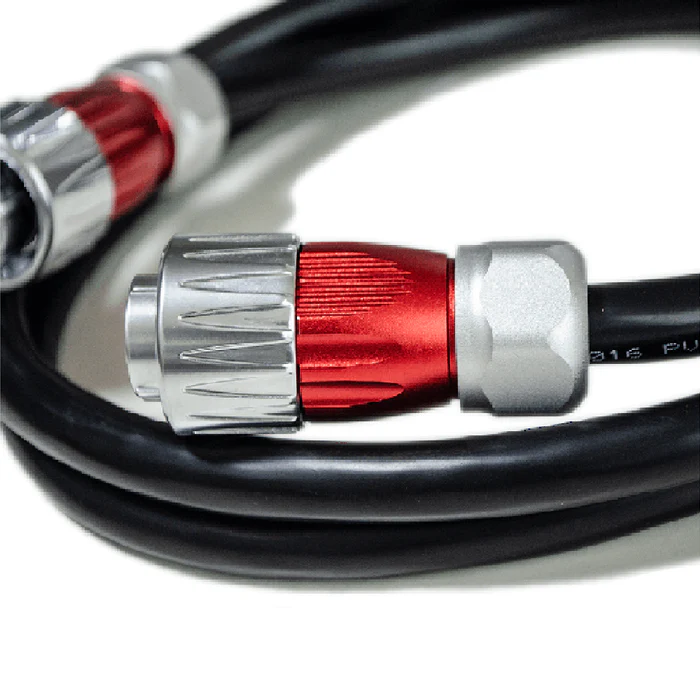
Commandes et dans le monde entier
Commandes et dans le monde entier

Flat cables have emerged as a popular choice in various industries for their unique design and space-saving capabilities. These cables are characterized by their flat shape, which allows for easier routing and reduced space requirements in comparison to traditional round cables.
Flat cables, also known as flat ribbon cables, are designed with parallel conductors laid out in a single plane and insulated with a common jacket. This configuration offers several advantages, particularly in applications where space is limited or cable management is a concern.
The flat design of these cables allows for a more streamlined and efficient use of space, which is ideal for installations with limited room for cable runs.
Flat cables are highly flexible, making them easy to route around corners and through tight spaces without kinking or damage.
The thin and flat profile of these cables simplifies the installation process, as they can be easily threaded through narrow pathways and channels.
Flat cables are often preferred for their clean and modern appearance, which can be an important consideration in applications where the visual presentation of wiring is a factor.

These cables are designed for general-purpose use and are suitable for a wide range of applications, from home entertainment systems to office equipment.
Shielded flat cables offer protection against electromagnetic interference (EMI), making them suitable for environments where signal integrity is crucial.
Designed for industrial applications, these cables are built to withstand harsh conditions, including exposure to chemicals, oils, and extreme temperatures.

When selecting flat cables, consider the following factors:
Choose a cable thickness that matches the space available for installation and the number of conductors required.
Ensure the cable has the appropriate number of conductors for your application, whether it's for power, data, or a combination of both.
Determine if shielding is necessary based on the application's susceptibility to electromagnetic interference.
Consider the durability of the cable, especially if it will be subjected to frequent movement, heavy use, or harsh environmental conditions.

Flat cables offer a versatile and space-efficient solution for wiring in various applications. Their compact design, flexibility, and ease of installation make them an attractive option for modern wiring needs. By considering the thickness, conductor count, shielding requirements, and durability, you can select the ideal flat cable for your specific application, ensuring efficient and effective cable management. As technology continues to advance, the demand for flat cables is likely to grow, reflecting the increasing importance of streamlined and efficient wiring solutions in our connected world.
{"one"=>"Sélectionnez 2 ou 3 articles à comparer", "other"=>"{{ count }} éléments sélectionnés sur 3"}
Sélectionnez le premier élément à comparer
Sélectionnez le deuxième élément à comparer
Sélectionnez le troisième élément à comparer
Laisser un commentaire